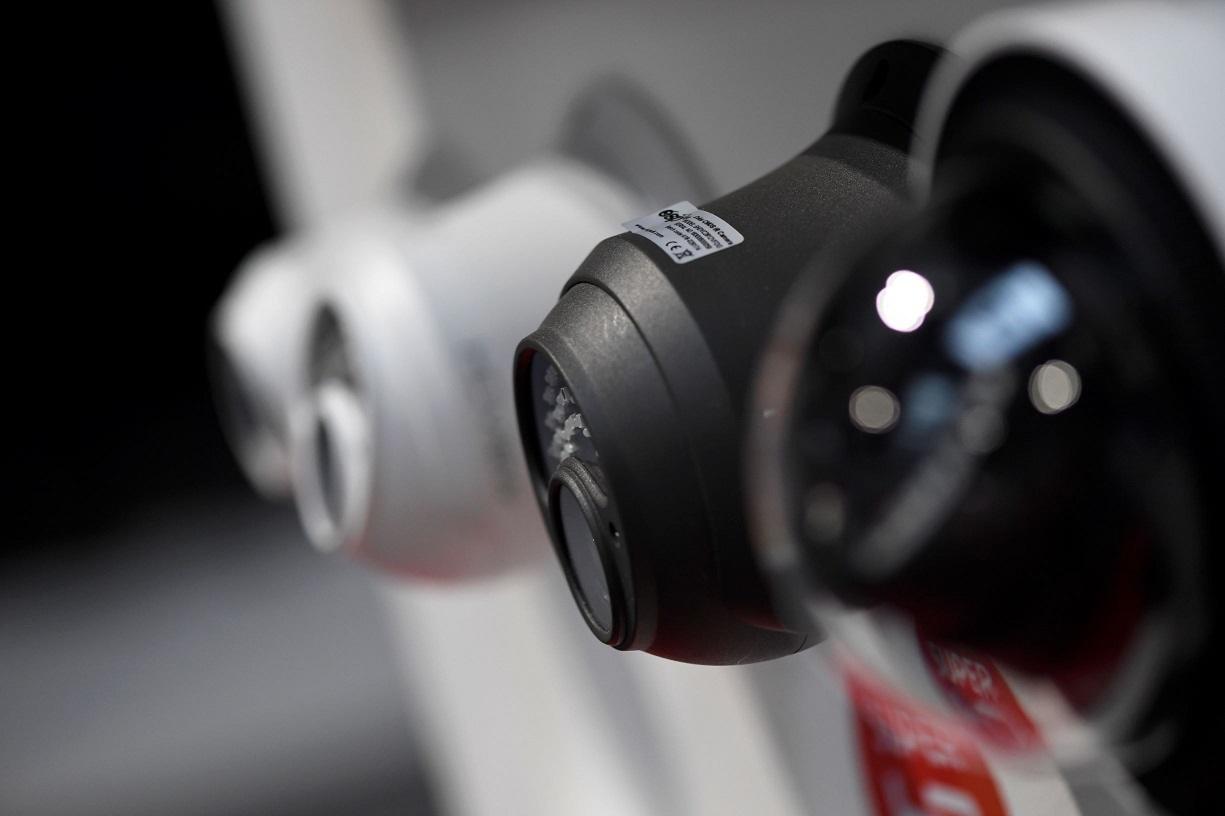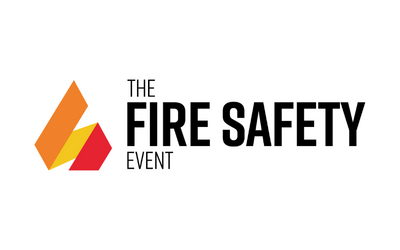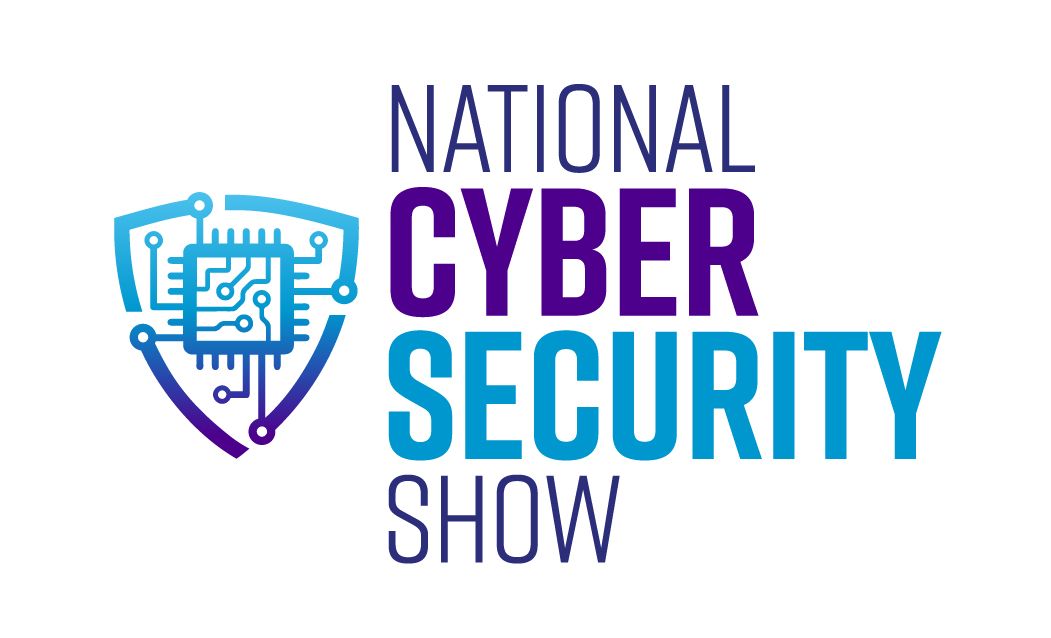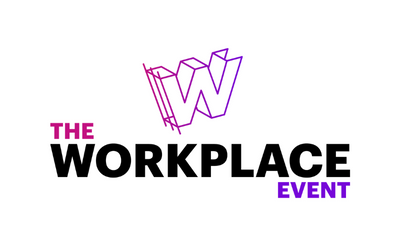Avoid a Hostage Situation with Your Next Security Purchase
)
As we settle into 2022, undoubtedly many security operators will be looking at their budgets and how to get the best ‘Bang for their Buck’ when it comes to investing in new technology. For many, this will involve cost-effective, powerful, and reliable cloud-based solutions but I would add a friendly caution to this – make sure your next investment doesn’t leave you as a hostage to a pay-as-you-go solution that will come back to bite you if you decide to change it later!
Tied In
Even just 25 years ago many of the security solutions on sale were highly closed systems that would only operate with other components from the same manufacturer, or even just in the same range. For some manufacturers back then there was an argument for keeping the technology you supply closed to competitors for fear of losing market share. Realistically though, times have changed completely with an expectation to access your systems through any choice of device/platform and for it to seamlessly connect to your data – proprietary systems certainly feel like an anachronism in the 2020s.
Whilst TDSi and a number of other providers offer cloud-based hardware options that easily integrate with other security software platforms for full choice and flexibility, there are others (which will remain nameless here) that still sell cloud-based systems which fail to deliver these benefits. Imagine buying a controller or a camera for example, having it installed, purchasing the licence to use it, and then deciding that you want to use a more powerful overarching security software programme. In some cases, your shiny new hardware becomes a useless ‘brick’ as soon as you stop your service subscription.
The whole point of using cloud-based services is the flexibility, the ability to ‘mix n match’ your security and IT investments to have the best fitting solution for your needs and budget. If this isn’t the case, your Security as a Service solution becomes more like Service as a Hostage!
Backlash
The proprietary technology approach was highly prevalent in the 1970s and 1980s when security systems started to become far more complex and automated, but interoperable integration became the definitive expectation once the market opened to multiple players. Its interesting to see that cloud hosting, the next stage of security systems development, has seen some manufacturers return to the closed systems approach, albeit in the guise of offering greater connectivity amongst related systems.
However, as we have seen before, there is a distinct backlash from buyers who have spent considerable time and resources building themselves a far more integrated network already. Whilst I suspect the manufacturers looking to sell proprietary cloud-based solutions are doing so to try and avoid the constant churn of customers, it seems clear to me that it is exacerbating the situation for them by pushing savvy customers towards the very systems that avoid this.
Freedom and service nurture loyalty
I think the best way of stopping customer churn is to provide an exemplary level of service. That way, you don’t force your end users to look somewhere else because they’re already getting the right service at the right price. Nobody wants to invest in a system which holds you to ransom if your circumstances and security needs change further down the road.
I firmly believe that cloud-hosted systems and Security as a Service are key components of current and future security networks for a large percentage of businesses and organisations. They enable flexibility of deployment and a regular predictable payment structure whilst delivering the newest and best solutions. However, buyers need to be aware that sometimes what appears to be a progressive technology offering could well end up being an old-fashioned closed system in disguise.
